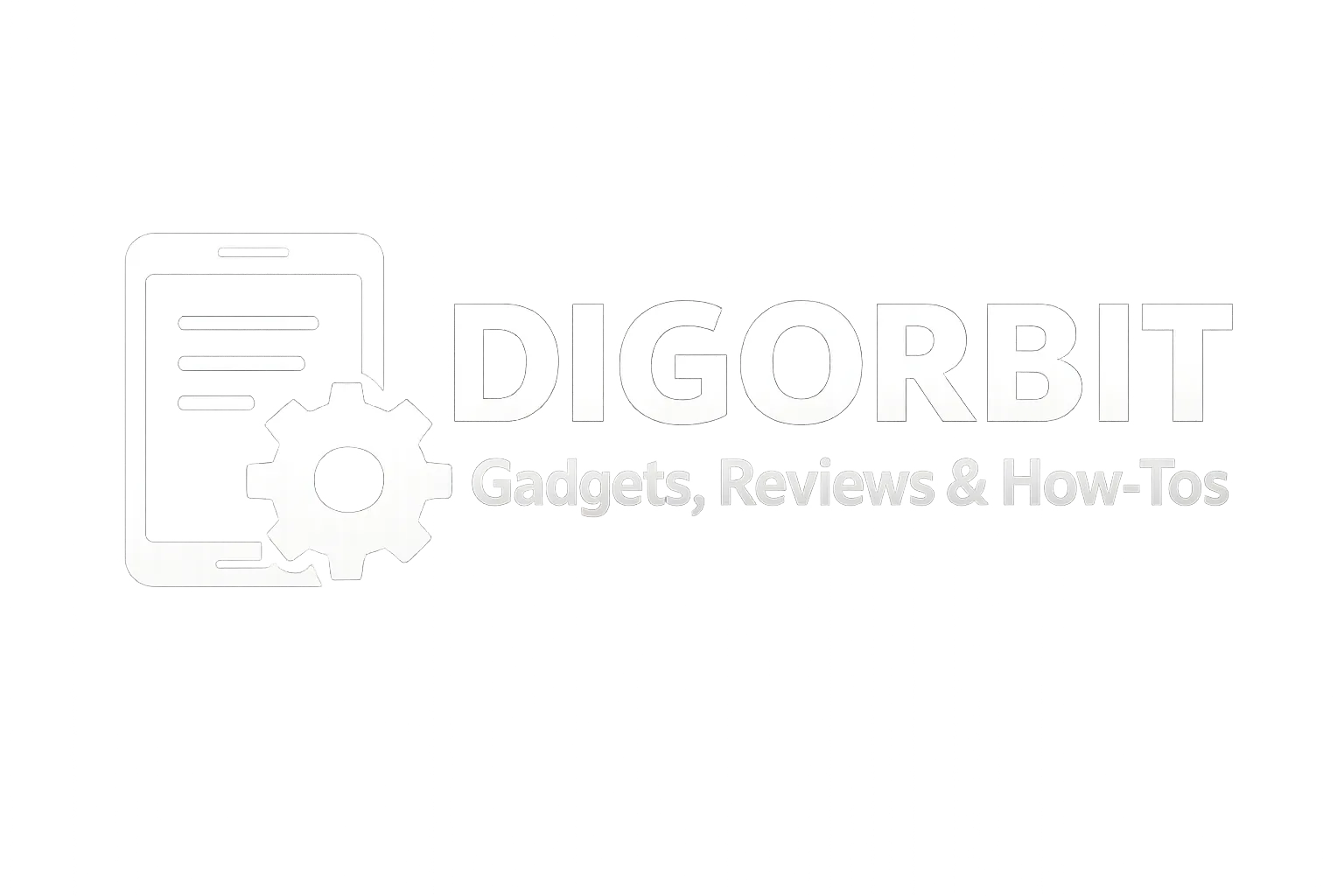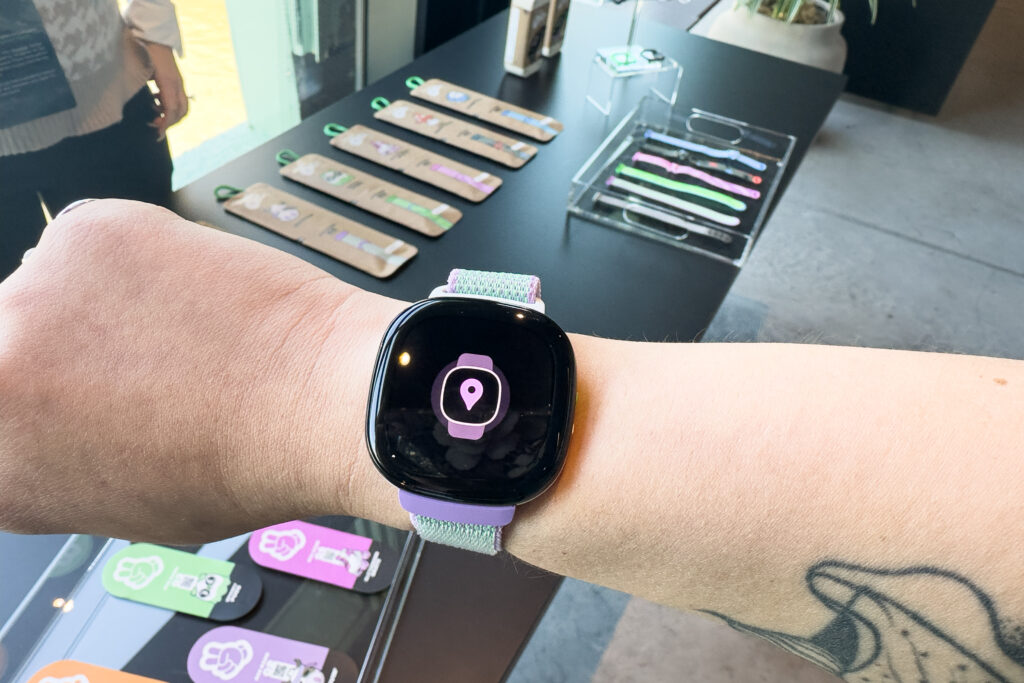In 2025, you might wonder if Fitbit is still relevant. Despite , the company’s subscription service that provides guided workouts, meditations, and access to more in-depth metrics. The service costs $9.99 per month, or $79.88 per year. And with the launch of the Pixel Watch 4 in October, it’s clear that Google is taking its wearables seriously as well. The new smartwatch features longer-lasting battery life, a more on features. It features a color OLED screen plus an EKG and EDA sensor. You also get built-in GPS, NFC payments, and SpO2 sensors — the only thing you’re really missing is a digital assistant.
The only qualm we have with the Charge 6 is the always-on display. While it’s beautiful, it’s a major battery drain. The Charge 6 has an estimated seven days of battery life, but that dwindles down to about two if you have the always-on display enabled. This is the same issue that we had with the Charge 5, but it’s fairly typical for Fitbit trackers these days.
Altogether, though, you’re getting a hell of a lot for the price. It’s the only FDA-cleared EKG wearable you can find for under $200, and the only other Fitbits capable of EKG and EDA readings are the Sense, Sense 2, Pixel Watch 3, and Pixel Watch 4. So, unless you’re dead set on the smartwatch form factor, the Charge 6 is the better overall deal.
Compared to its predecessor, the Charge 6 also adds an improved heart rate algorithm, Bluetooth compatibility with some gym equipment, and a few apps — namely Google Maps, Google Wallet, and YouTube Music. While YouTube Music works well, I’m not stoked that it requires an additional $10.99 monthly subscription. That said, it’s better than nothing, as Fitbit discontinued onboard music a while back.
In terms of hardware, the Charge 6 also features a haptic button instead of an inductive groove. It’s not a physical button, which is a little disappointing, but it’s more reliable thus far than the inductive groove, so I would count this as a net positive.
Best Fitbit for kids
$100
The Good
- Great build quality for a kids’ watch
- Cross platform
- Fun games that require physical activity to unlock
- Voice calls and text messaging with preselected contacts
- Family group chat
The Bad
- You’ll have to charge it every night
- Only two color options (but multiple band options)
The $179.99 Fitbit Ace LTE isn’t really a traditional fitness tracker, though it does track active minutes. Instead, it’s a smartwatch with a mix of kid-friendly games and activities and thoughtful, family-oriented communication features. It’s a walled garden, but an adorable one.
Instead of rigorously tracking health stats, the Ace LTE tracks “active minutes,” which fill a cute progress meter called a Noodle that runs around the face of the watch. Active minutes earn time with the Ace LTE’s built-in games that, combined with activities, unlock customizations for your kid’s avatar (called an Eejie) that lives in the watch, as well as its little house. You can also unlock different games and virtual items by connecting different watch straps.
With a $10/month subscription, you get real-time location tracking and both voice and text messaging to preselected contacts through the Fitbit Ace app (rather than the standard messaging and phone apps). As of November 2024, that includes other family members with Ace LTE watches, as well as a family group chat between parents and kids.
I like that the Ace LTE is built more like a cross-platform smartwatch for adults than other kid watches we’ve used, like the plasticky Garmin Bounce. It uses the same charger as the Pixel Watch 3, and gets about a day’s worth of battery on a charge. My kids enjoy it but aren’t obsessed with it — though they have been known to run laps up and down the hallway to earn more game time.
Google says the Ace LTE is best suited for kids aged 7 to 11, and that sounds right. My oldest is 10 now, and she’s been using an Ace LTE for about a year. Once she hits middle school, I think she’ll be frustrated that she can’t use it to talk to her friends. But for now, it’s great. We recently got one for our 8-year-old, and it’s wild that they can text each other from their watches. It also means my 8-year-old can spam the group chat with emoji, but that’s fine too.
— Nathan Edwards, senior reviews editor
Should you even buy a Fitbit right now?
Fitbit officially became part of Google in 2021. Nothing changed overnight, but technically, it’s Fitbit by Google now. The Fitbit-to-Google migration started in the summer of 2023, and account migration will be mandatory — not merely optional — for all users in early 2026. Google angered longtime Fitbit users by shuttering social features like challenges and removing streaks, though the latter returned a few months later. In early 2024 Google laid off roughly a thousand employees from its hardware departments, including people on the Pixel, Fitbit, and Nest teams.
In early 2025, Google released a mandatory software update for Fitbit Versa 3 and Sense users to “reduce the risk of battery overheating,” which had the unfortunate side effect of reducing battery life from as many as six days to as few as one for some users. However, the fact that we’re getting a significantly redesigned Fitbit app and an AI-powered health coach does show that Google is still investing resources in projects under the Fitbit name. The hardware improvements introduced with the Pixel Watch 4 are also a positive sign that Google remains committed to developing compelling wearable hardware.






